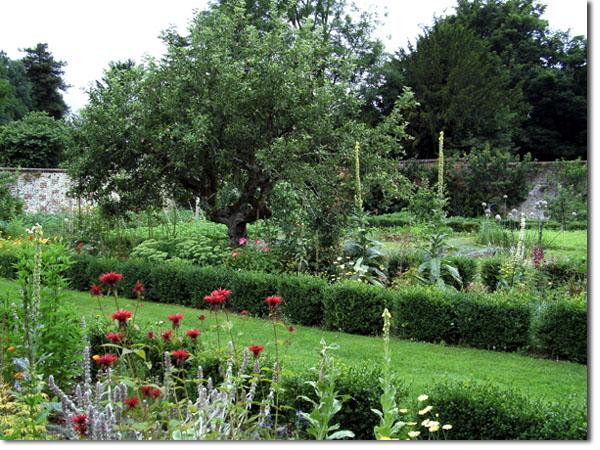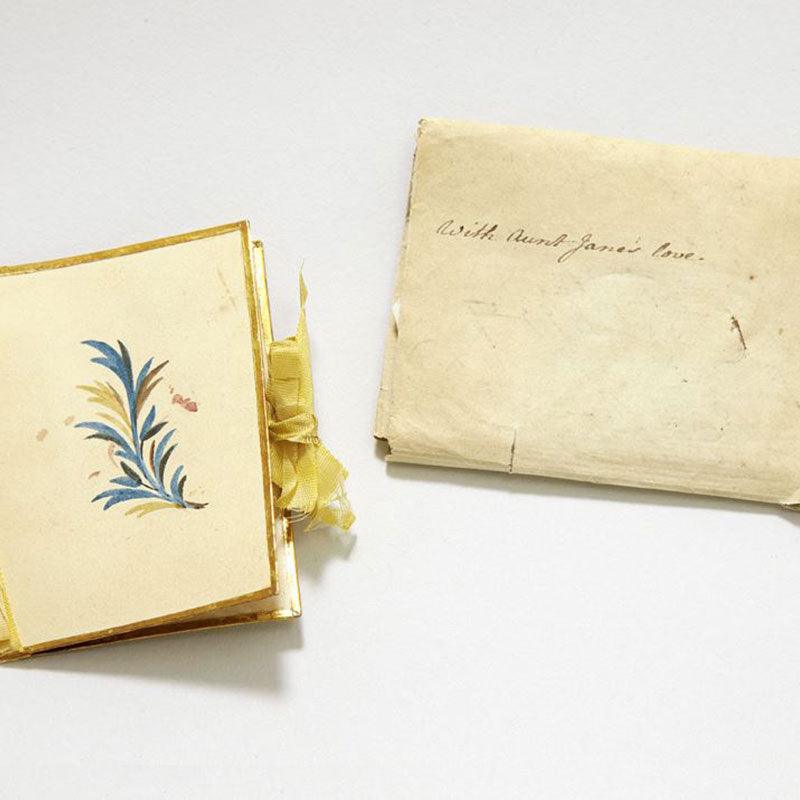Easter Eggs to Dye For
"Mrs Bates, let me propose your venturing on one of these eggs. An egg boiled very soft is not unwholesome. Serle understands boiling an egg better than any body. I would not recommend an egg boiled by any body else; but you need not be afraid, they are very small, you see -- one of our small eggs will not hurt you. Miss Bates, let Emma help you to a little bit of tart -- a very little bit.
Emma 
The tradition of dyeing Easter eggs or eggs for Spring festivals goes back hundreds of years to the ancient Egyptians. In the Spring, they would dye eggs in bright colors and give them to friends as tokens of new life. Early Christians who avoided eating eggs during Lent would preserve them by boiling them. It is said that they dyed them red, using onion skins, in remembrance of Christ's blood, shed for them. Boiled eggs are also a part of the Passover tradition.
Later on, during the 16th century the tradition of exchanging eggs as Easter presents was in full swing and lovers would hand decorate special eggs with a variety of colors, gilt, wax and even paper for their sweethearts. We don't know if Jane Austen ever decorated Easter Eggs. If she had, only the most natural ingredients would have been available to her. Here are some basic guidelines for transforming eggs into beautiful works of art:
- Canned produce will produce much paler colors.
- Boiling the colors with vinegar will result in deeper colors.
- Some materials need to be boiled to impart their color (name followed by 'boiled' in the list below).
- After your eggs dry, use a vegetable oil and soft cloth to polish them.
There are two basic ways to dye eggs: Cold dip and hot dip. The cold-dip method generally produces softer, more translucent tones.
Cool Dip Method 1:
Boil the eggs and ingredients separately. Let the dye cool, strain it and dip the eggs for 5 to 20 minutes (longer for deeper hues), then dry them on paper towels. To avoid uneven colouring, rotate the eggs occasionally.
Cool Dip Method 2:
I'm not trying to get complicated here by including another "cold" method, but some materials produce a nicer colour by not being boiled. In this case, cover the boiled eggs with water, add dyeing materials, about a teaspoon of vinegar, and let the eggs remain in the refrigerator until the desired colour is achieved.
Hot Dipping:
This method involves boiling the eggs in the dye, which gives darker colours. As the eggs roll around in the hot, dye water, they take on a uniform colour. Place eggs in a single layer in a saucepan. Using a ratio of one tablespoon white vinegar for each quart of water, add liquid until the level is an inch or two above the eggs. Add dye ingredients and bring to a rolling boil. Reduce heat and simmer for 20 to 30 minutes. Rinse with lukewarm water. If you don't have the patience to experiment with natural dyes, but want to make Easter egg dye from scratch, try using good old food colouring. Drip (liquid, paste or gel) food coloring into bowls of water, and stir until the water reaches your desired hue. Try combining different colours to make original colours.
Colours to Dye For
Working with natural dyes generally takes longer than commercial, day-glow dyes, depending on how intense you want the colors. For darker tones, let the eggs sit in the dyes overnight in the refrigerator. Here is a list of dye materials I've collected over the years from a variety of sources. Don't be afraid to experiment on your own.
Red: Pomegranate juice and lots of red onion skins (ask the produce man to save some for you). Boil with the eggs for 1/2 to 1 hour. Hibiscus flowers (you can find it in a dried tea form). Red wines (you don't have to add vinegar) also work great.
Pink: Beets (shred or grate first), cranberries or cranberry juice, raspberries, grape juice, juice from pickled beets, crushed red currants.
Violet: Soak hardboiled eggs overnight in hot water to which you have added crushed violet, pansy or geranium blossoms.
Lavender and Blue: Use purple pansies, violets, or grape juice. For a darker lavender use frozen, fresh or canned (with the juice) blueberries, blackberries, red cabbage leaves(boiled)
Yellow: Orange or lemon peels (boiled), carrot tops (boiled), celery seed (boiled), ground cumin (boiled), ground turmeric (boiled). To use turmeric, add 1 to two teaspoons of the spice and 1 teaspoon white vinegar to a cup of hot water. Also try ground yellow mustard, saffron, curry powder; goldenrod, tansy, dandelion and daffodil blossoms.
Green: Add 1/4 teaspoon baking soda to a bowl of "violet blue" colored water before soaking the eggs. You can also soak eggs in boiled spinach water or liquid chlorophyll (available at natural food stores) or I dare you to try mixing a handful of fresh grass clippings and a little vinegar and water in a blender.
Brown: To a cup of hot water, add 3 tablespoons instant coffee and 1/2 teaspoon vinegar. Boiled back walnuts shells also produce a nice brown colour.
How to produce colour variations:
Rub or squish blueberries and cranberries directly on the dry shells for soft blues and pink. Mix them up for blotchy colors. Also, I've heard that a brown egg boiled in red cabbage dye and then soaked overnight, will come out a deep royal blue
Designs and Patterns
Once the eggs have been hard-cooked and dried, hold one egg in your hand and drip glue (such as rubber cement) onto the egg's surface. Drip the glue carefully to make a particular pattern, or just let the glue drip freely for an abstract effect. Place the egg on a stand that will allow the glue to dry without getting smudged. When the glue has dried, place the eggs in a prepared dye mixture until they are tinted to your liking. Remove them from the liquid and peel off the glue.
Tie-dye: Collect a handful of different sized rubber bands. Wrap the bands, one at a time, around the eggs. Dye the eggs, remove them from the liquid and let them dry completely before pulling off the rubber bands.
Crayons: Perhaps the easiest technique of all is the colour-with-crayons method. Simply draw a design onto your eggs and then dye as you would any other Easter egg. Using a white crayon mimics the ancient art of decorating with wax before dyeing the eggs.
Half-n-half: Dip dyed eggs into a second coat of darker dye to add a whole new colour. The first coat is boiled and the second is cold-dipped for 5 to 10 minutes. To cold-dip, place egg in a small glass bowl or paper cup and prop it up against the side. Some great color combinations include coffee and blueberry; turmeric and red cabbage; and onion skins and cranberry juice.
It's a wrap: With Onion Skins
This method is a little messy, but the results are always a pleasant surprise. Rub eggs with white vinegar and wrap in onion skins. Secure the skins with cotton string, dental floss, narrow rubber bands or nylon stocking. When boiled, the skins dye the shells giving a natural tie-dye look. To achieve a full, rich effect, practice using many layers of onion skins. Hint: Pre-dampening the skins helps them stick to the egg. After dyeing eggs with your own colorful concoctions, you'll find yourself looking at your garden and products in the store with an artist's eye. Remember, don't limit your egg dyeing adventures to the Easter holiday. Colorful, hard-boiled eggs are fun any time of the year. Red and green for Christmas eggs?  Marion Owen is President of PlanTea, Inc. and Co-author of Chicken Soup for the Gardener's Soul
Marion Owen is President of PlanTea, Inc. and Co-author of Chicken Soup for the Gardener's Soul
If you don't want to miss a beat when it comes to Jane Austen, make sure you are signed up to the Jane Austen newsletter for exclusive updates and discounts from our Online Gift Shop.



Leave a comment
This site is protected by hCaptcha and the hCaptcha Privacy Policy and Terms of Service apply.